Thread Starter
#1
Gentlemen,
Went to Murshidabad district of West Bengal in last January. I think that most of you know about this place, as it is the place where the British first defeated Nawab Siraj-ud-Daulla, an Indian ruler in a war (at the battle of Plassey) and started their occupation. And for me, it was the place where I was posted over some thirty years ago, at the beginning of my service career.
Wish to show you few pictures, with some brief facts. Please excuse me if you find my post quite long. I took the Bardhaman route, starting from my home in Calcutta at around eight in the morning. I was accompanied by my wife and daughter. This was the route I took.

Entered Bardhaman town. Crossed the road over bridge near the train station over the railway lines, reached the T-junction at the end of the bridge, where I was to drive left. One thing I remembered that one Scorpio flashing red light belonging to some police official suddenly drove from the wrong side violating all traffic rules and made me pause there for a while.

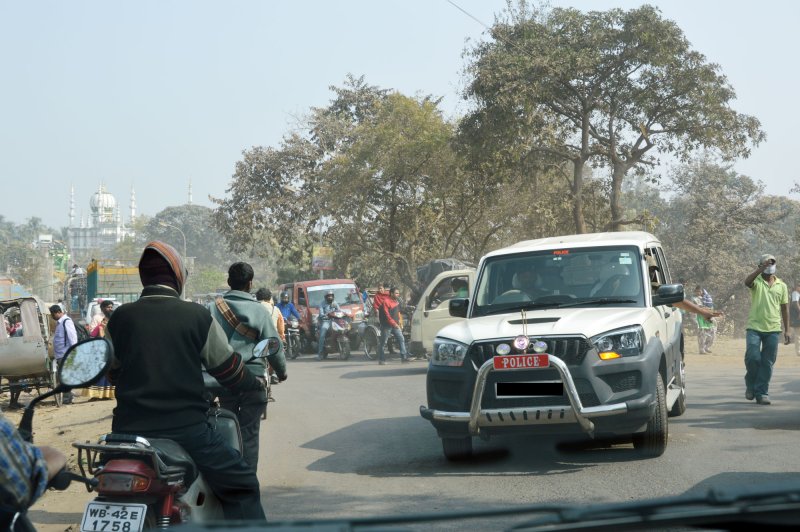
The road was good. Few pictures of it.
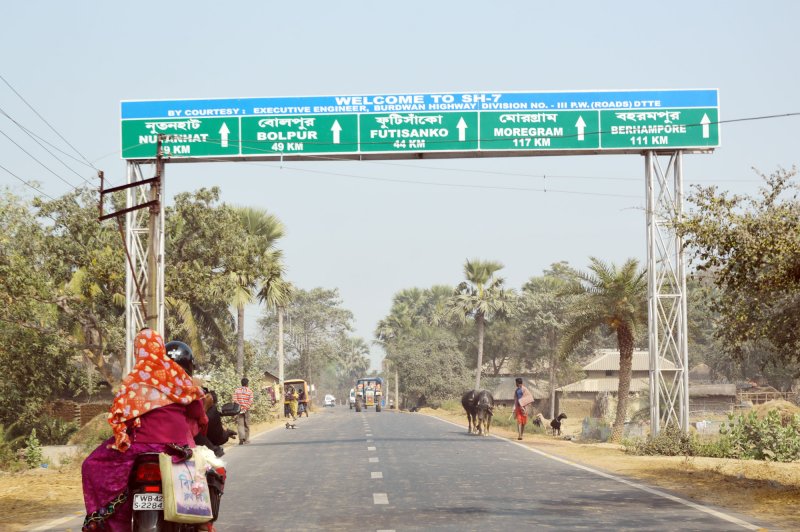
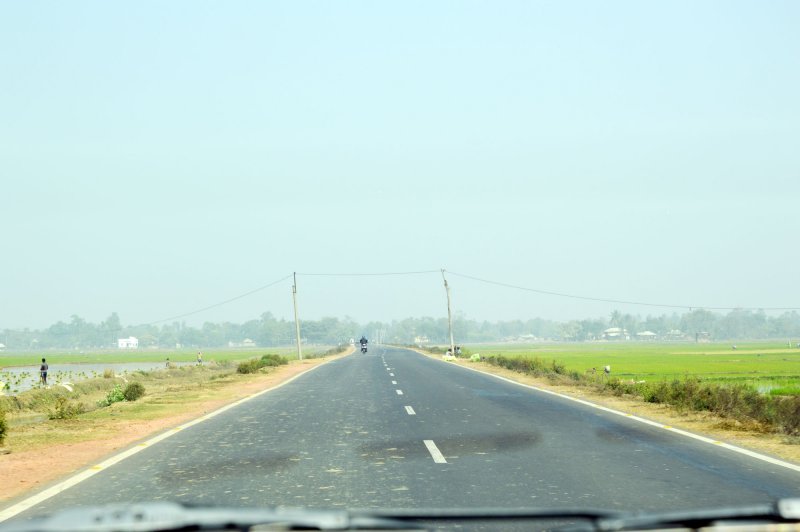
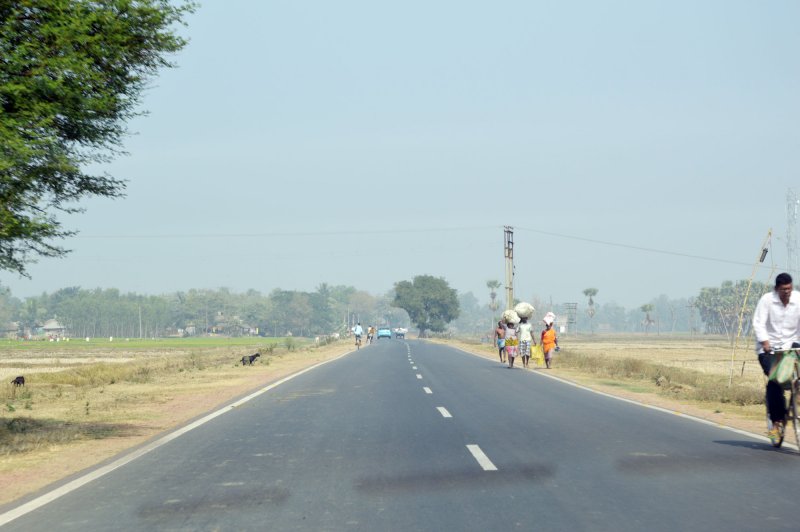

Saw from the road that the women of the village were sowing paddy.

I had to turn right from here. This place is called Kuli.

Reached the bridge over river Bhagirathi to enter Berhampore town, which is the district head quarter of Murshidabad.
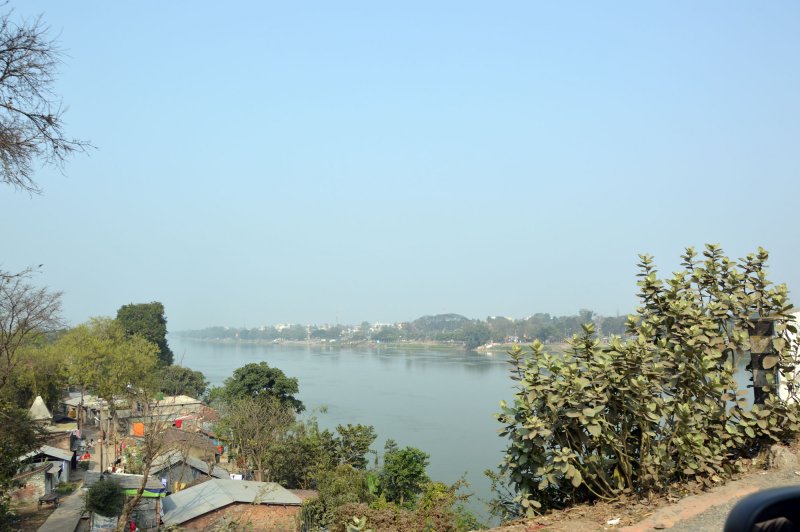
This is a view of the road I had to take, seen from the bridge above. I had to drive a little further to reach ground level and was to return back.
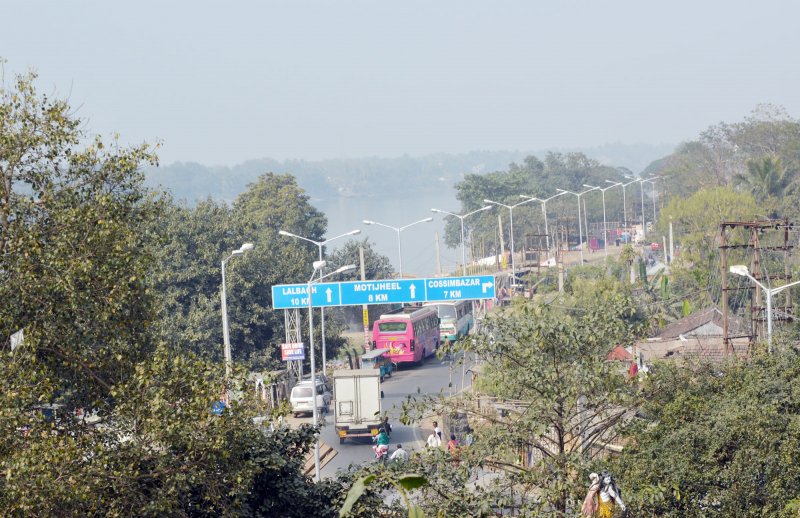
The road went past the river. A picture from the road, showing a ferry boat at the river.

Reached Murshidabad town at noon, at around half past one. Boarded a place called Sgnik Hotel. Nothing fancy about the hotel but it was overall decent.
At the evening we went to Motijhil (literally meaning pearl lake), which was located about one and half KM south of Murshidabad town. It is actually a horse-shoe shaped lake. Recently a nice park has been built there by the authorities. This park is really very nice. It had musical fountains, rides for children, food courts, accommodations, nice seating areas, light and sound shows, etc. I shall also like to tell you that this place also has also a good history associated with it. A very beautiful palace was built there in 1740 AD, by some close relative of that time ruler of Murshidabad. Nawab Siraj-Ud-Daulla took over this palace in 1756 AD, evicting one of his close relative residing there. Beside some graves and a mosque, no sign of the palace exists today. Here is a still a huge room having no doors or windows in it and closed on all the four sides. Some say that huge quantity of wealth belonging to the Ghaseti Begum (whom Siraj-Ud-Daulla evicted)had been kept hidden underground the room. Once laborers were employed to break open the masonry and excavate the treasure, but they ended up vomiting blood, so nobody dares to open it. This room is 65 feet long, 23 feet broad, 12 feet high plinth area, and overall 1339 square feet. (Source Wikipedia)
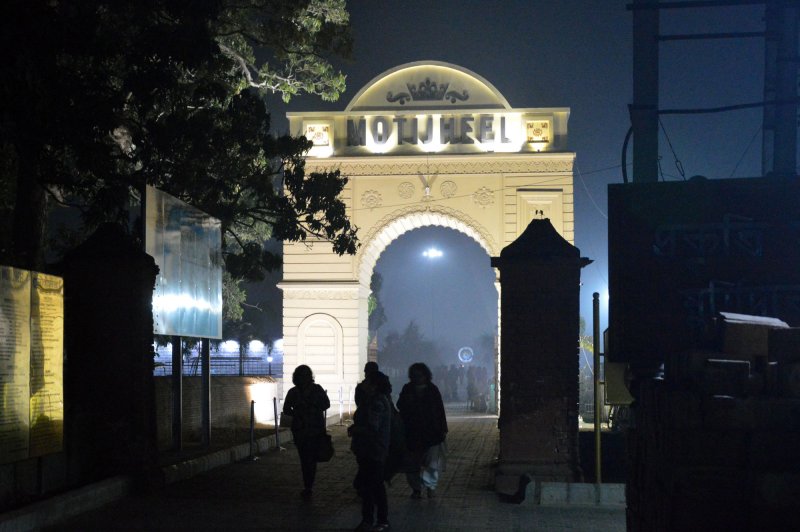

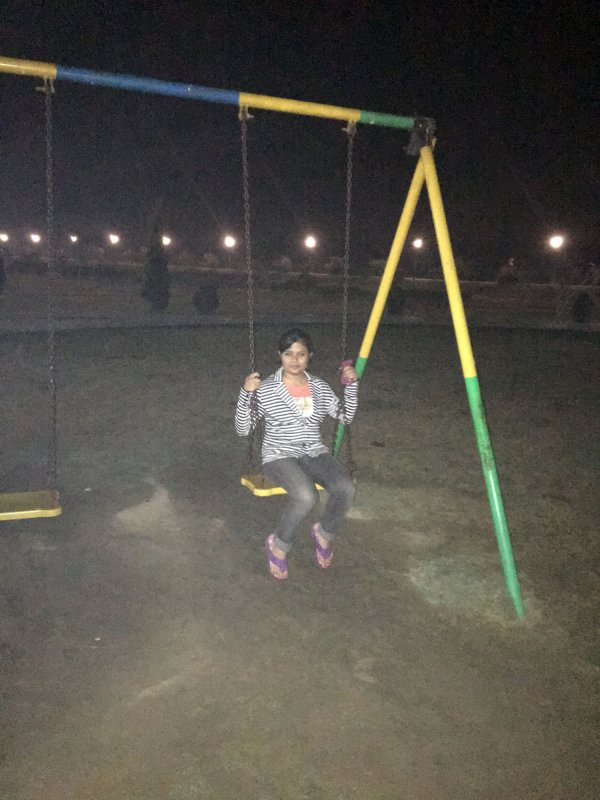
Thanks for reading. Next morning I went across various places in Murshidabad town and it’s neighborhood. Shall like to show it very soon in my next post.
Regards,
Rahul Biswas
Cossipore, North Calcutta.
Went to Murshidabad district of West Bengal in last January. I think that most of you know about this place, as it is the place where the British first defeated Nawab Siraj-ud-Daulla, an Indian ruler in a war (at the battle of Plassey) and started their occupation. And for me, it was the place where I was posted over some thirty years ago, at the beginning of my service career.
Wish to show you few pictures, with some brief facts. Please excuse me if you find my post quite long. I took the Bardhaman route, starting from my home in Calcutta at around eight in the morning. I was accompanied by my wife and daughter. This was the route I took.

Entered Bardhaman town. Crossed the road over bridge near the train station over the railway lines, reached the T-junction at the end of the bridge, where I was to drive left. One thing I remembered that one Scorpio flashing red light belonging to some police official suddenly drove from the wrong side violating all traffic rules and made me pause there for a while.


The road was good. Few pictures of it.




Saw from the road that the women of the village were sowing paddy.

I had to turn right from here. This place is called Kuli.

Reached the bridge over river Bhagirathi to enter Berhampore town, which is the district head quarter of Murshidabad.

This is a view of the road I had to take, seen from the bridge above. I had to drive a little further to reach ground level and was to return back.

The road went past the river. A picture from the road, showing a ferry boat at the river.

Reached Murshidabad town at noon, at around half past one. Boarded a place called Sgnik Hotel. Nothing fancy about the hotel but it was overall decent.
At the evening we went to Motijhil (literally meaning pearl lake), which was located about one and half KM south of Murshidabad town. It is actually a horse-shoe shaped lake. Recently a nice park has been built there by the authorities. This park is really very nice. It had musical fountains, rides for children, food courts, accommodations, nice seating areas, light and sound shows, etc. I shall also like to tell you that this place also has also a good history associated with it. A very beautiful palace was built there in 1740 AD, by some close relative of that time ruler of Murshidabad. Nawab Siraj-Ud-Daulla took over this palace in 1756 AD, evicting one of his close relative residing there. Beside some graves and a mosque, no sign of the palace exists today. Here is a still a huge room having no doors or windows in it and closed on all the four sides. Some say that huge quantity of wealth belonging to the Ghaseti Begum (whom Siraj-Ud-Daulla evicted)had been kept hidden underground the room. Once laborers were employed to break open the masonry and excavate the treasure, but they ended up vomiting blood, so nobody dares to open it. This room is 65 feet long, 23 feet broad, 12 feet high plinth area, and overall 1339 square feet. (Source Wikipedia)



Thanks for reading. Next morning I went across various places in Murshidabad town and it’s neighborhood. Shall like to show it very soon in my next post.
Regards,
Rahul Biswas
Cossipore, North Calcutta.



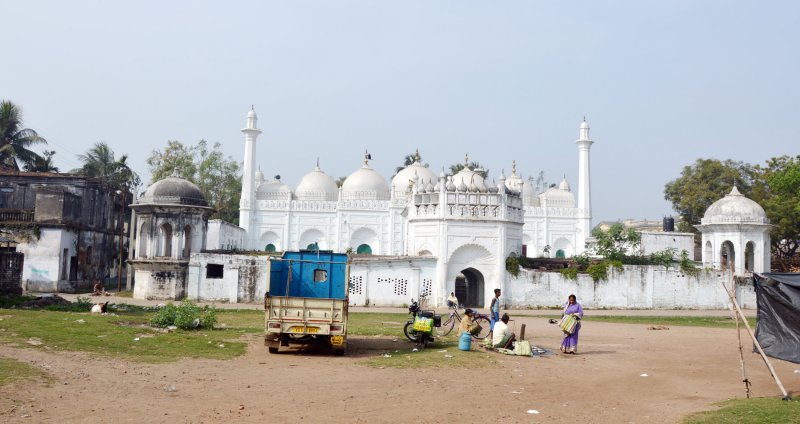

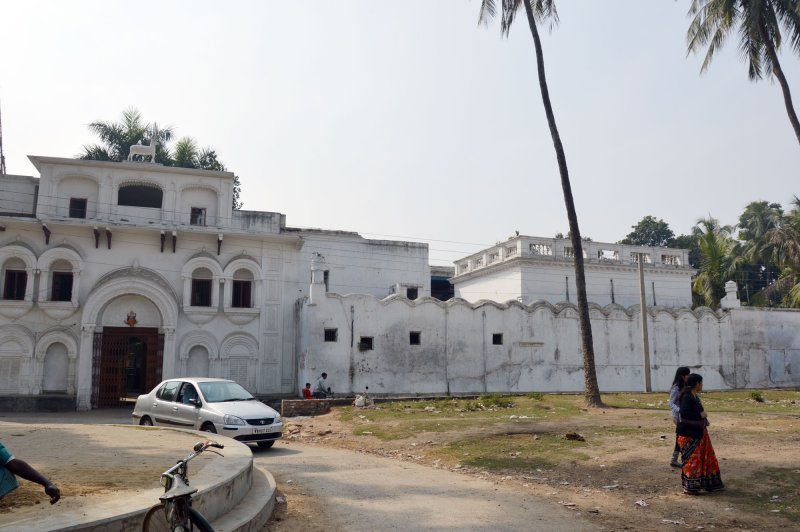
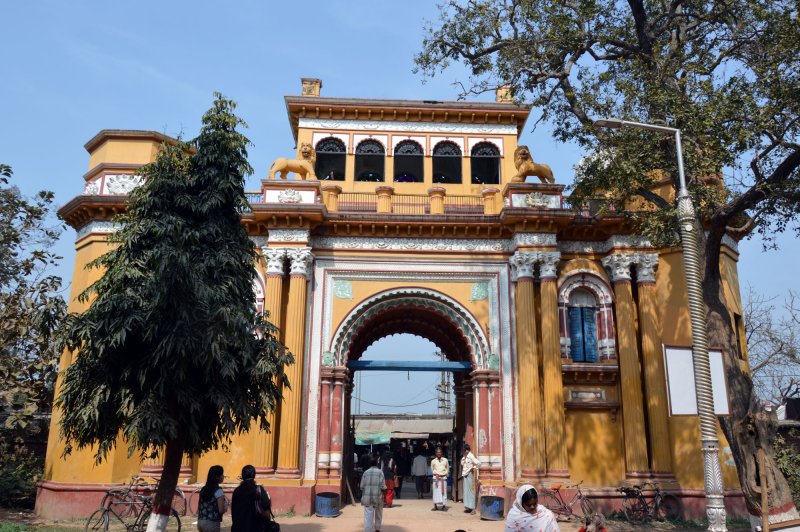



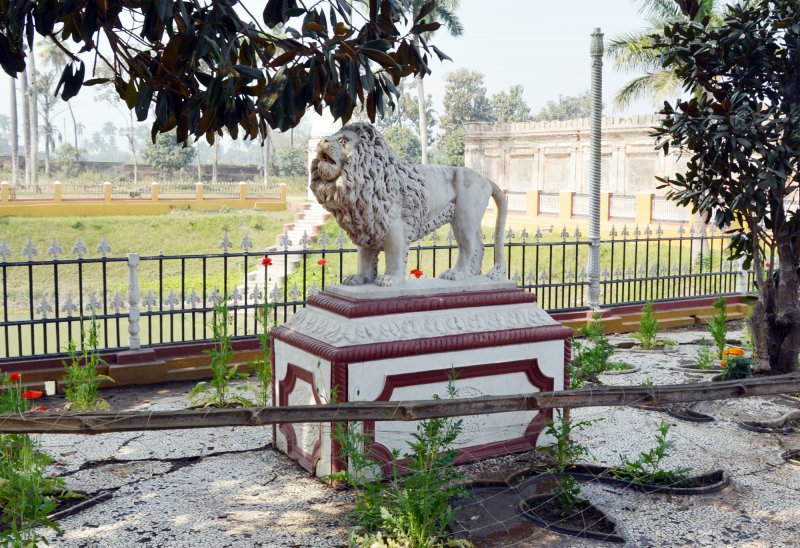

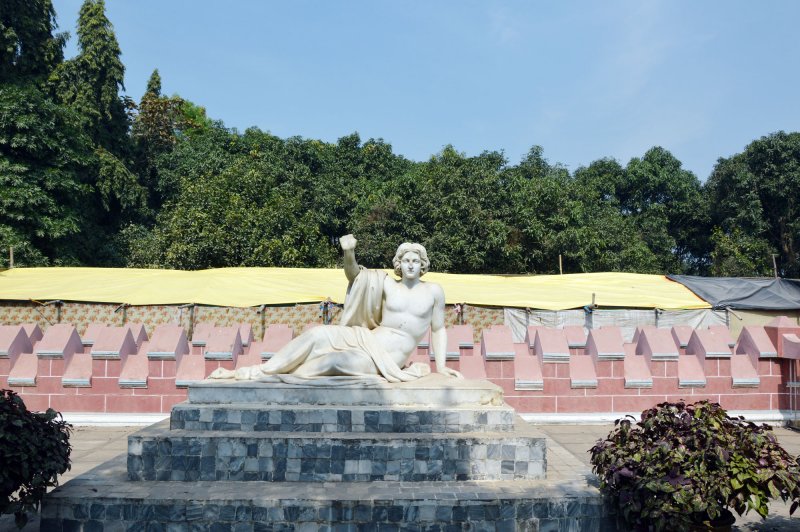


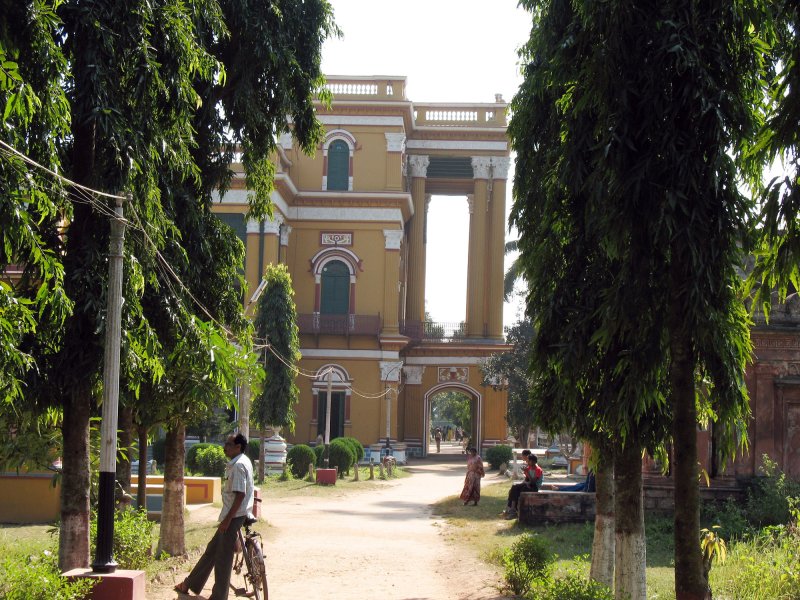


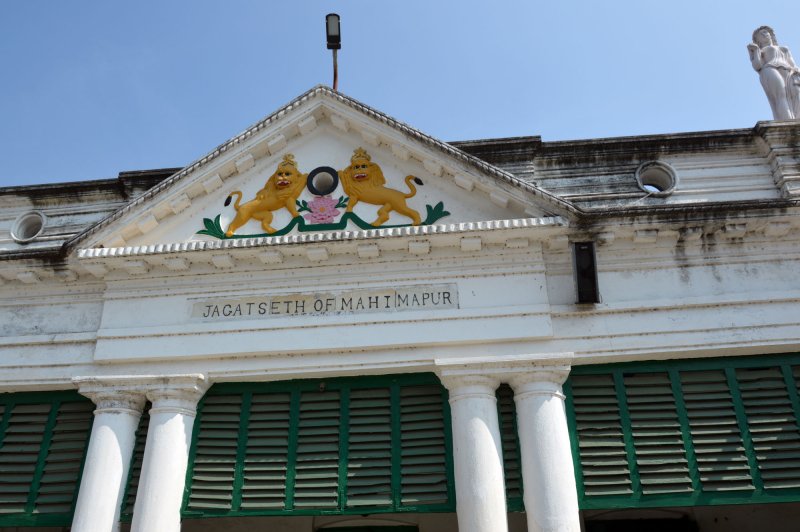

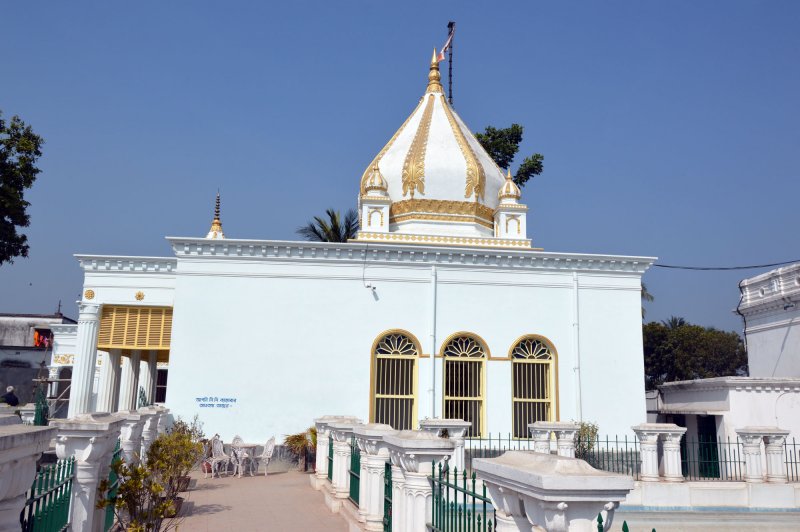





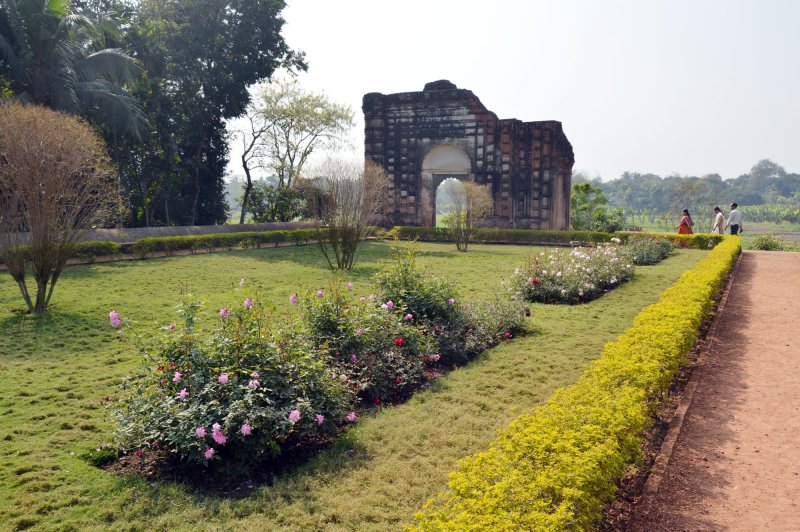
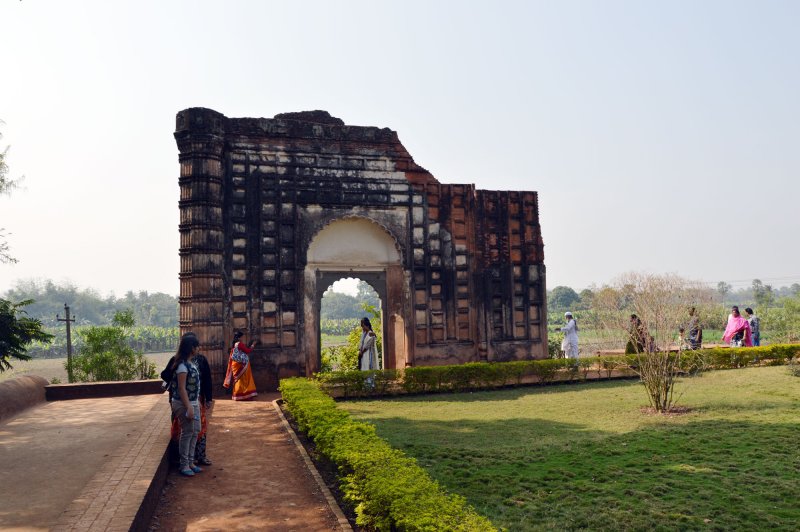
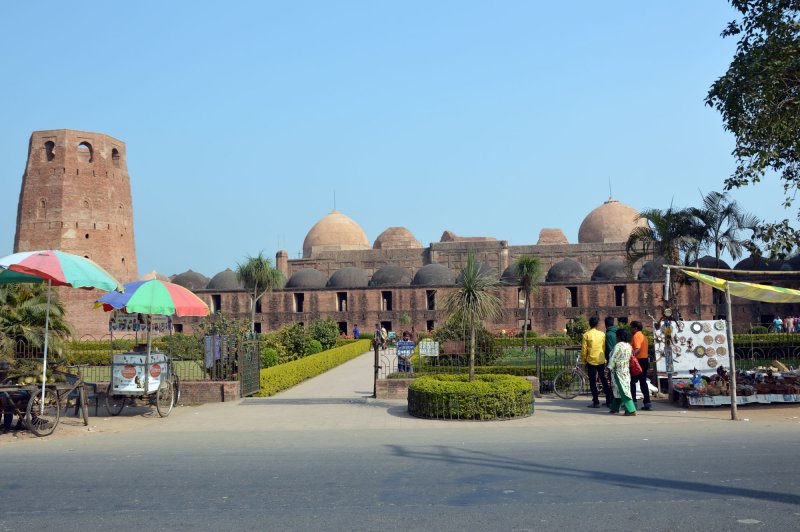

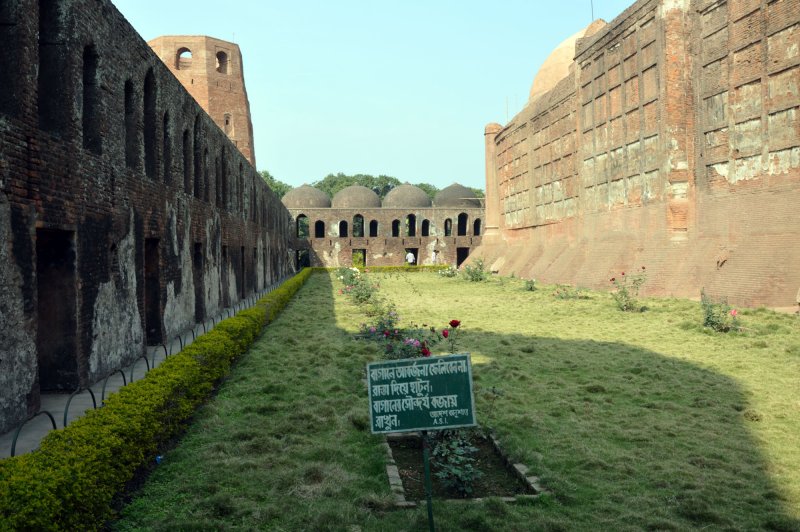

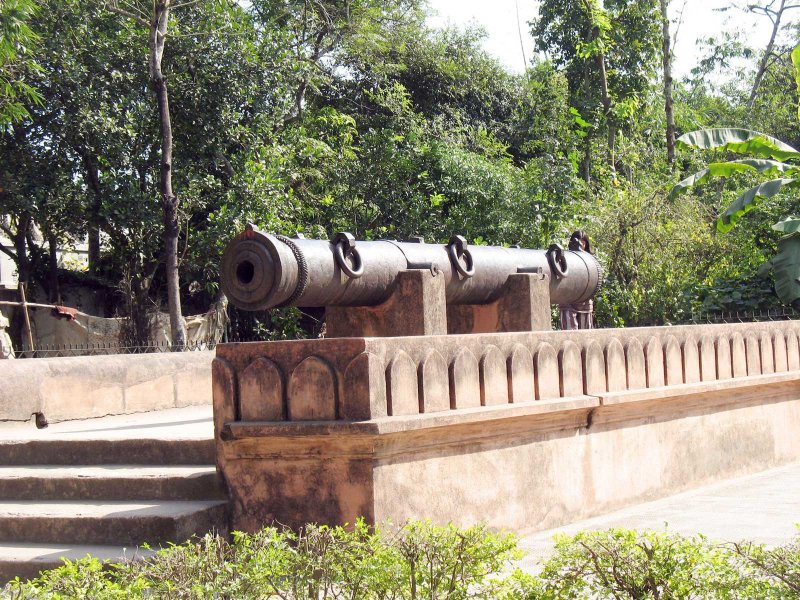


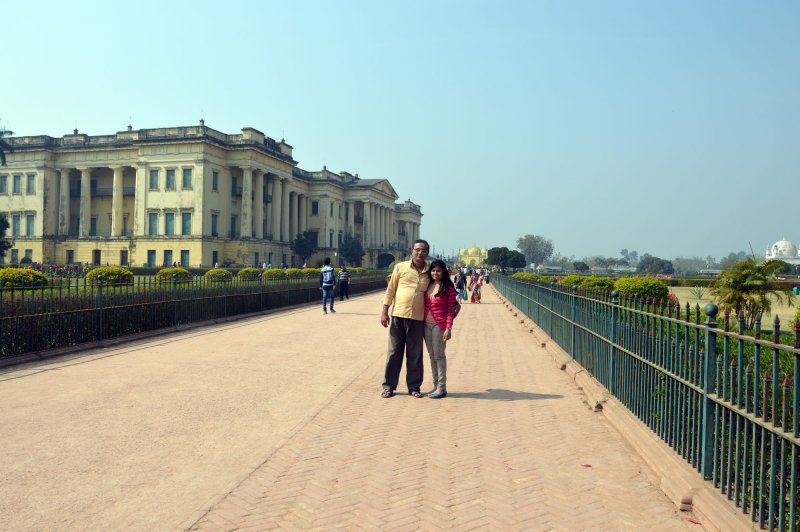

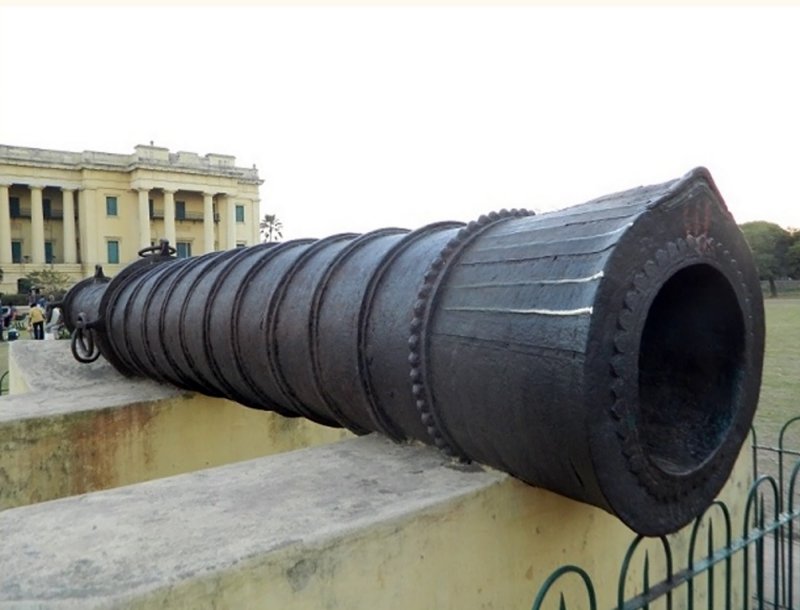






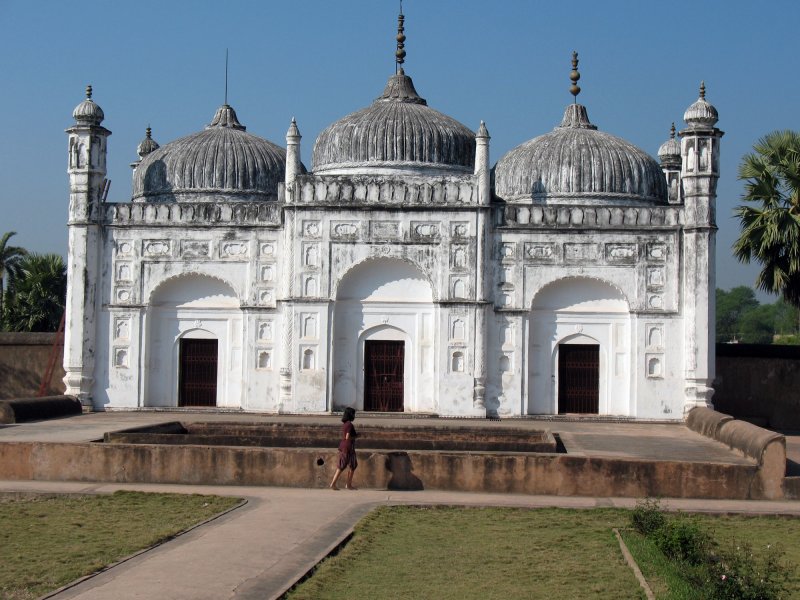


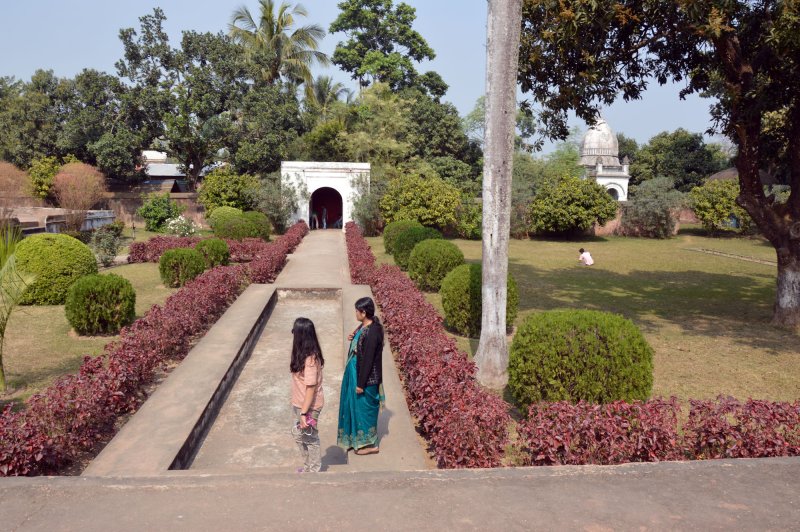

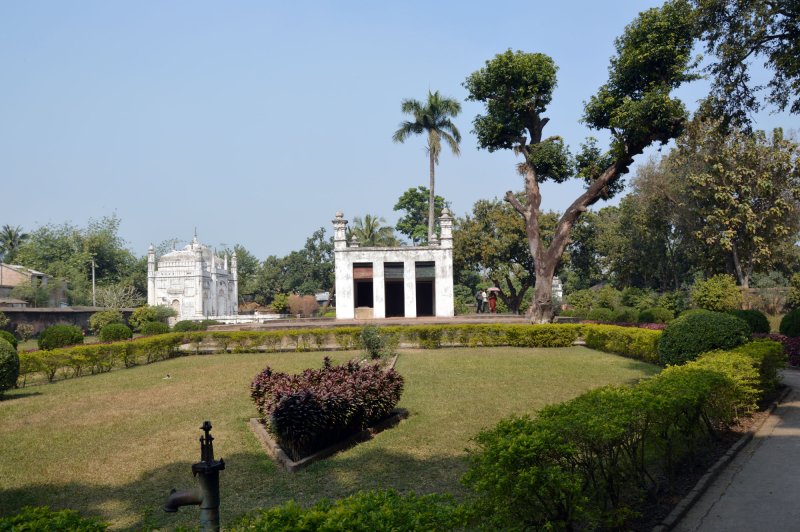
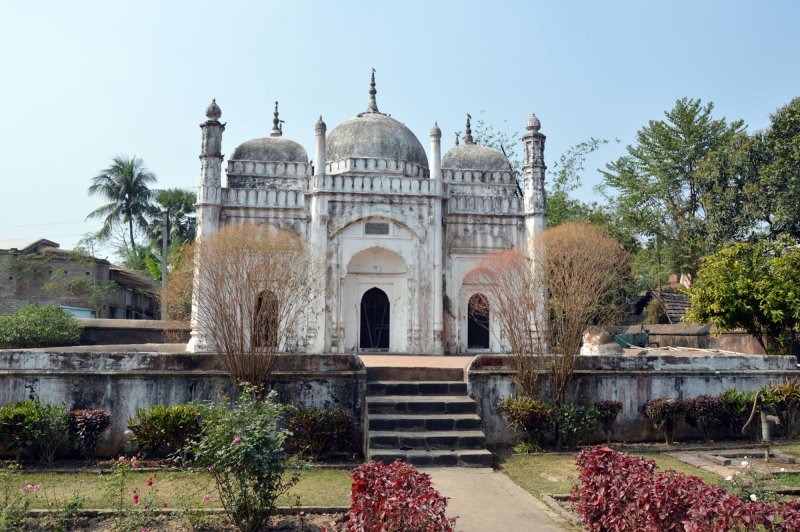


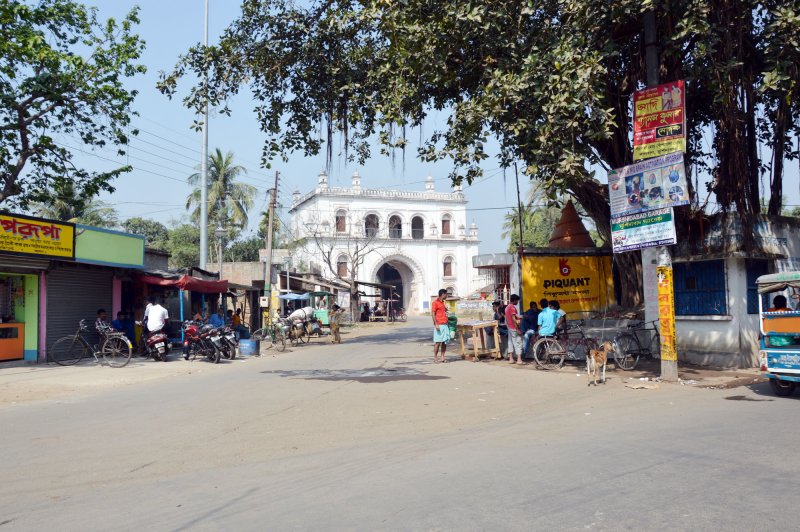
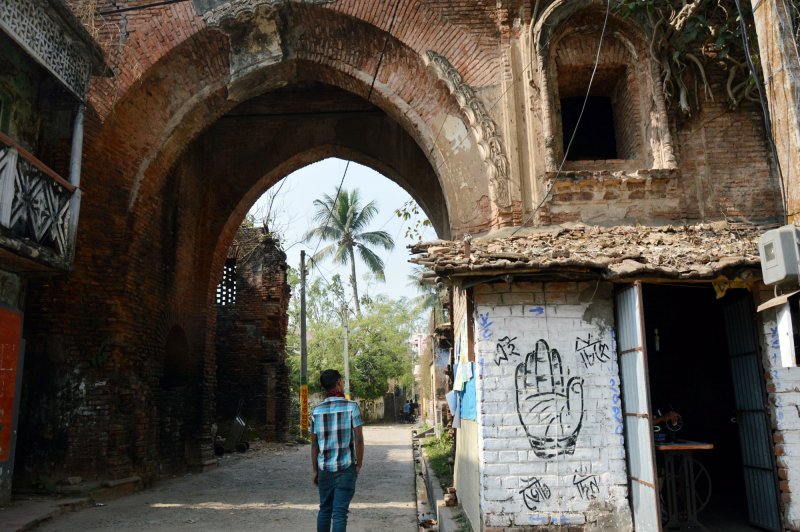



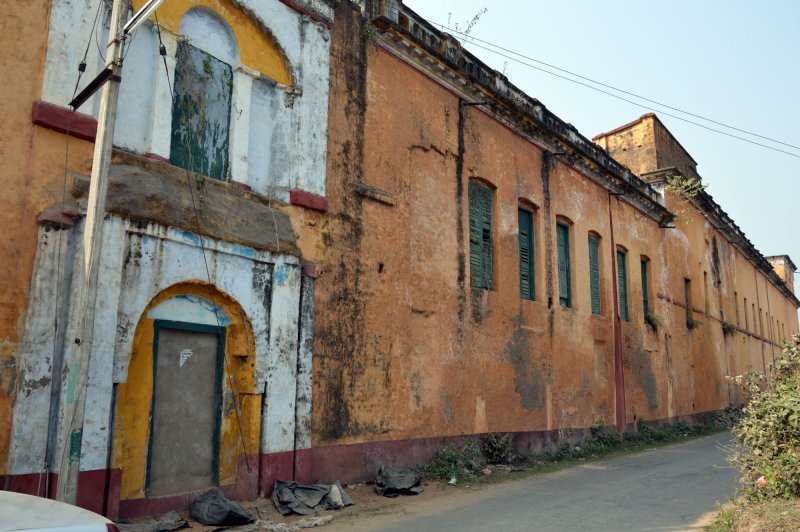



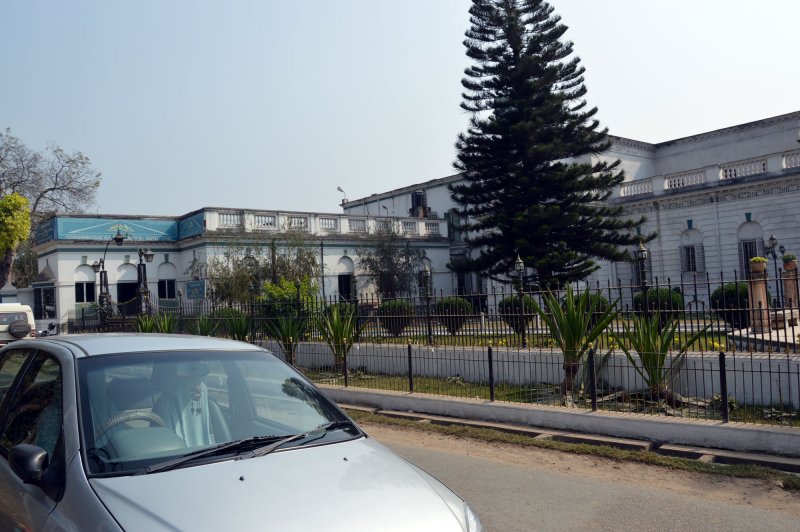
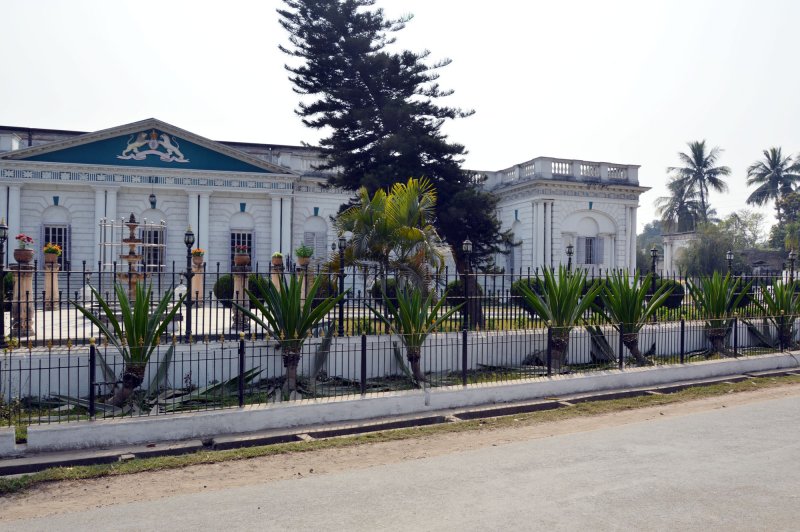
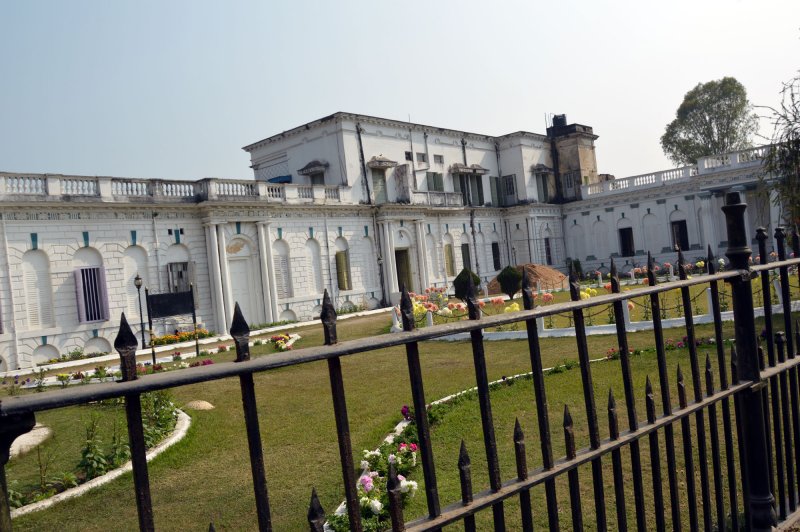


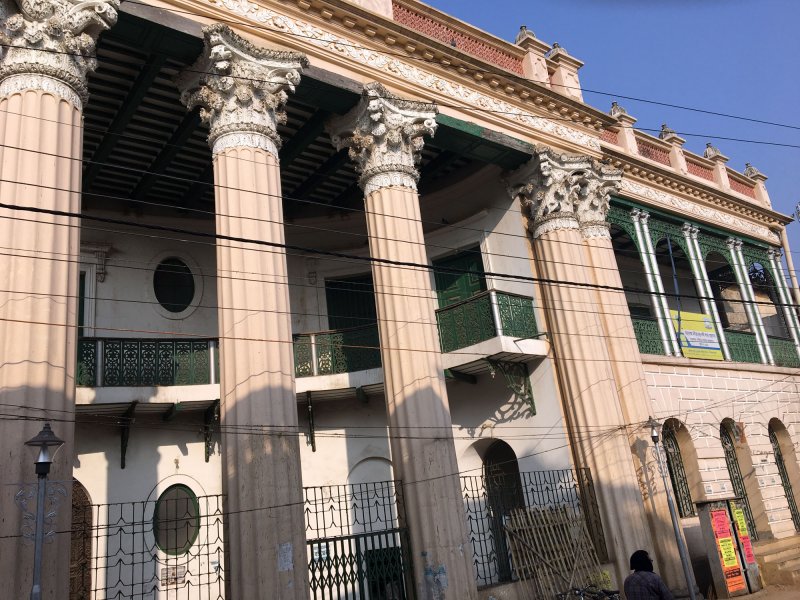

![Big Smile [:D] [:D]](https://www.theautomotiveindia.com/forums/images/smilies/Big%20Smile.gif)